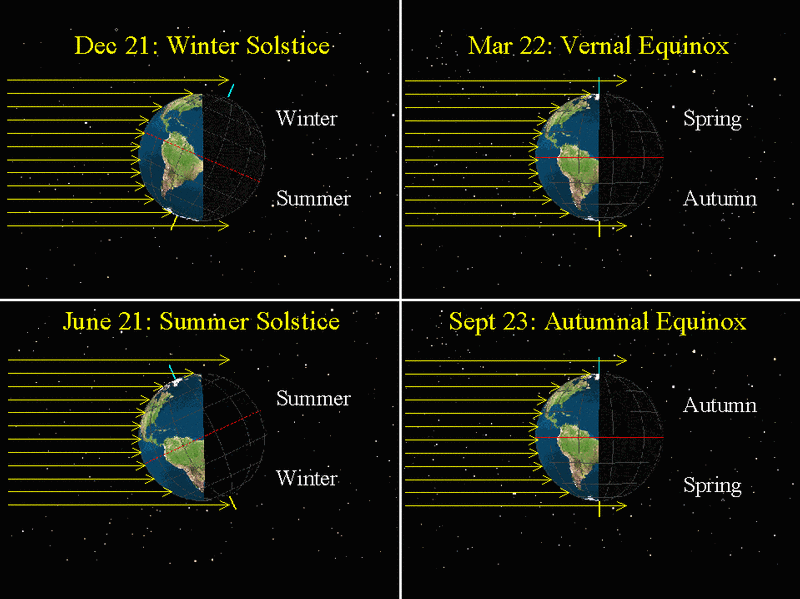Questions, why do informative threads always leave me with questions....?
I'm 36 S. I have recently vegged 2 strains under 20/4 and cloned them. There is a sat dom and indica dom. I have put clones from these into a translucent box in the greenhouse where they are getting 11 hours 40 minutes photoperiod (but add 40 minutes at least of actual light) - giving 12 hours light with increasing daylengths over 1 minute per day.
Will these root even?
Will these try to flower?
Will I get the desired result, vegging clones, without needing to set up a clone box?
Time will tell.
They went in 2 days ago.
I'm 36 S. I have recently vegged 2 strains under 20/4 and cloned them. There is a sat dom and indica dom. I have put clones from these into a translucent box in the greenhouse where they are getting 11 hours 40 minutes photoperiod (but add 40 minutes at least of actual light) - giving 12 hours light with increasing daylengths over 1 minute per day.
Will these root even?
Will these try to flower?
Will I get the desired result, vegging clones, without needing to set up a clone box?
Time will tell.
They went in 2 days ago.






